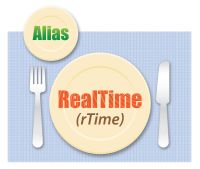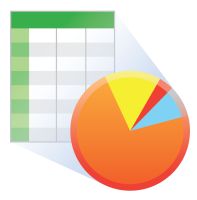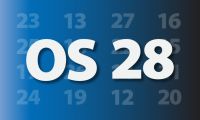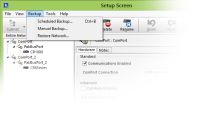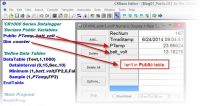The Campbell Scientific Blog Your source for useful how-to information and helpful expert advice
Displaying 21 - 30 of 30 articles tagged with: CRBasic
Serving up the RealTime() Instruction with a Side of Alias Declarations
Author: Janet Albers | Last Updated: 10/07/2015 | Comments: 2
CRBasic has a full menu of instructions to help you write or edit your data logger program. This article offers a main course of scheduling your data logger actions using the RealTime() instruction with a side dish of making your program easier to read with... read moreCRBasic Tips to Simplify Data Post-Processing
Author: Barbra Utley | Last Updated: 08/12/2015 | Comments: 3
You’ve collected your measurement data, but how do you easily make sense out of it? How can you simplify the post-processing of your data and start analyzing it sooner? In this article, I’ll explain how adding some code to your CRBasic program can save you... read moreThe Benefits of Using Constants in CRBasic
Author: Janet Albers | Last Updated: 08/05/2015 | Comments: 0
Why should you use a Constant declaration in your CRBasic program? What is a Constant anyway? In a previous article ("Going Public with Your Variables in CRBasic"), we talked about the Public and Dim variable declarations. Variables are just that—variable; they change. Constants, on the other hand, don’t change;... read more4 New Ways to Use Array Notation: Copying or Transposing
Author: Janet Albers | Last Updated: 07/21/2015 | Comments: 0
Copying or transposing has become easier with OS 28 (CR6 OS 1). This new operating system enables you to copy portions of an array to a new location, such as when transposing rows and columns. In this example we start with A(3,2) (3 rows, 2 columns) initialized as... read more4 New Ways to Use Array Notation: Complex Scaling
Author: Janet Albers | Last Updated: 07/01/2015 | Comments: 0
You can perform more complex scaling in an array without needing a For/Next loop. To take advantage of this feature, use OS 28 (CR6 OS 01) or later. In this example program, a unique set of multipliers and offsets is applied to the column of an... read moreHow to Prevent Skipped Scans and a Sunburn
Author: Jacob Davis | Last Updated: 06/17/2015 | Comments: 3
Through programming, relatively slow SDI-12 measurements can coexist, without problems, alongside fast measurements. To illustrate the need for accommodations in your data logger program, I will share the story of the worst sunburn I ever got. Southern Peru is near the Pacific Ocean, yet is... read more4 New Ways to Use Array Notation: Initializing Multi-Dimensional Arrays
Author: Janet Albers | Last Updated: 06/10/2015 | Comments: 0
Initializing variables within an array is more flexible than ever with OS 28 (CR6 OS 1). You can think of a single dimensioned array as numbers in a column. Two dimensions, in comparison, puts numbers in rows and columns. The third dimension is a page. For example:... read moreHow Safe Is Your LoggerNet Data?
Author: Dana Worley | Last Updated: 05/29/2015 | Comments: 0
When you live in a cold-weather climate like we do here in northern Utah, it’s a welcome reprieve to spend a few days away enjoying someplace sunny and warm. A couple of days ago, as I was uploading photos of sunshine and blue skies from... read moreGoing Public with Your Variables in CRBasic
Author: Janet Albers | Last Updated: 05/29/2015 | Comments: 0
When programming your Campbell Scientific data logger, have you ever wondered whether you should be using a Dim variable declaration or a Public one? What is the difference between them, and when is it best to use each one? Dim and Public variables are temporary holding... read more4 New Ways to Use Array Notation: Simple Scaling
Author: Janet Albers | Last Updated: 05/29/2015 | Comments: 0
The newest operating system released by Campbell Scientific for its data loggers is OS 28 for the CR800, CR1000, and CR3000. (The comparable operating system version for the CR6 datalogger is OS 01.) This powerful data logger OS has been enhanced so that you can... read more











